Franziska Fennert: CONTEMPLATING WAYS OUT OF THE ANTHROPOCENE
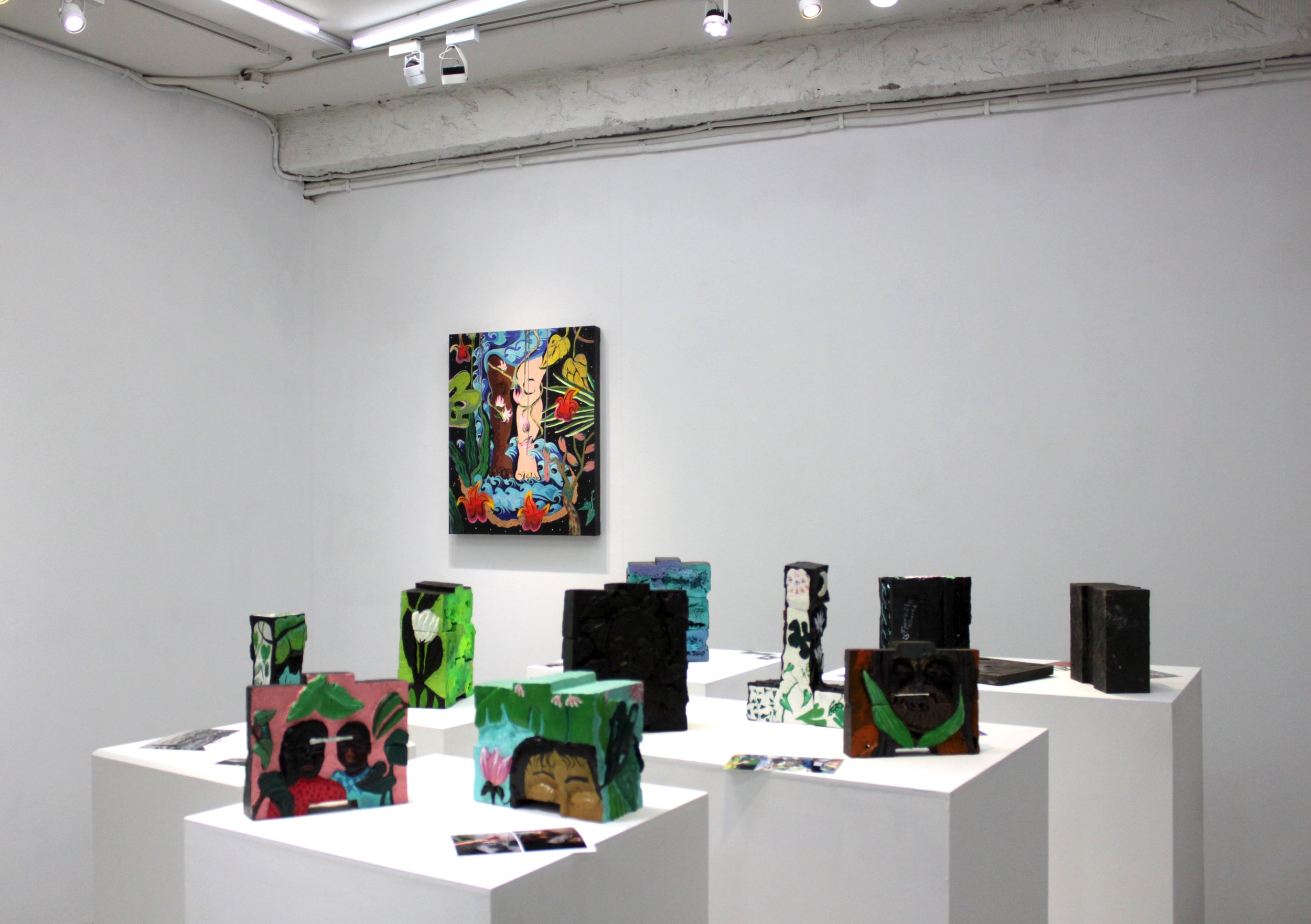

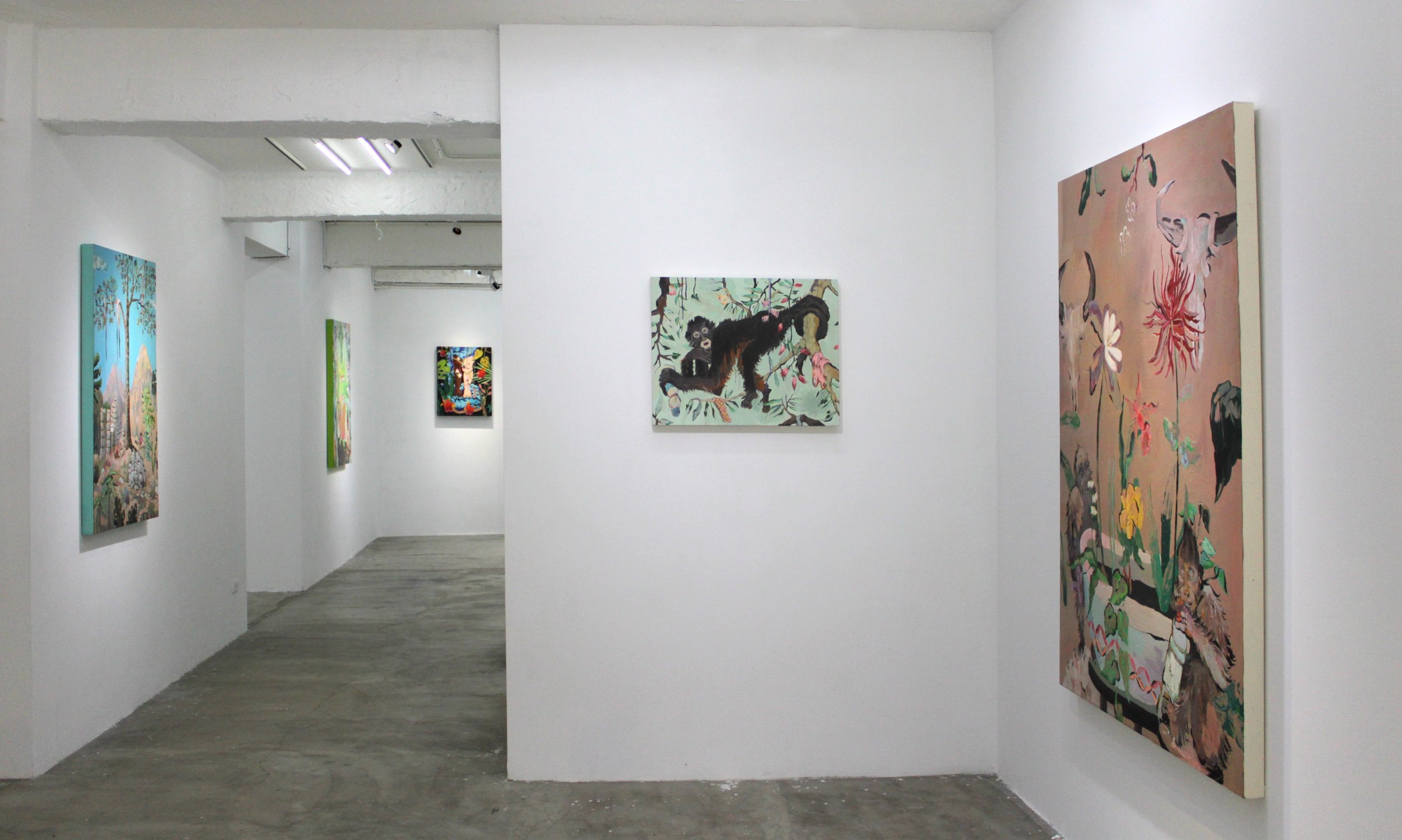
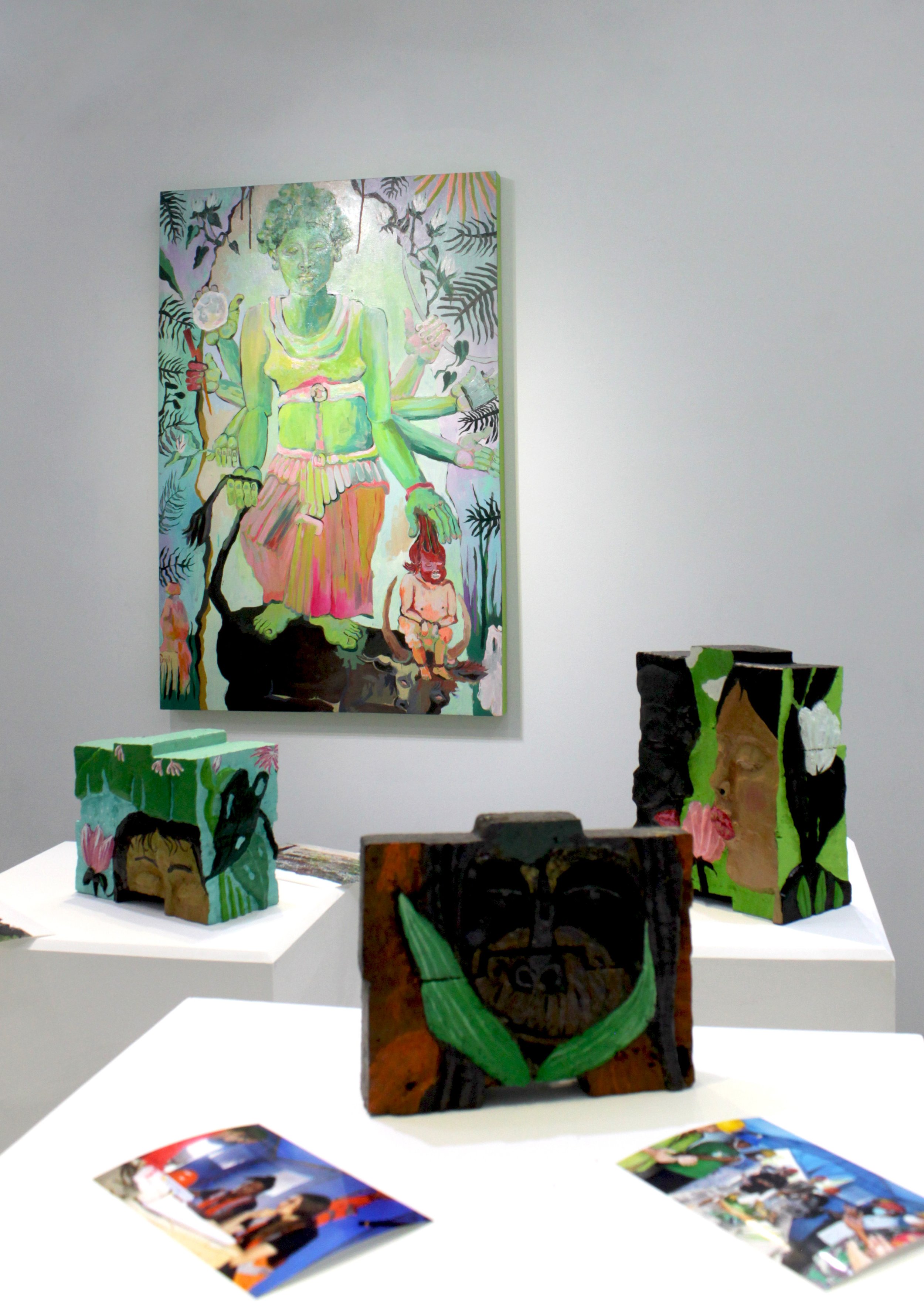
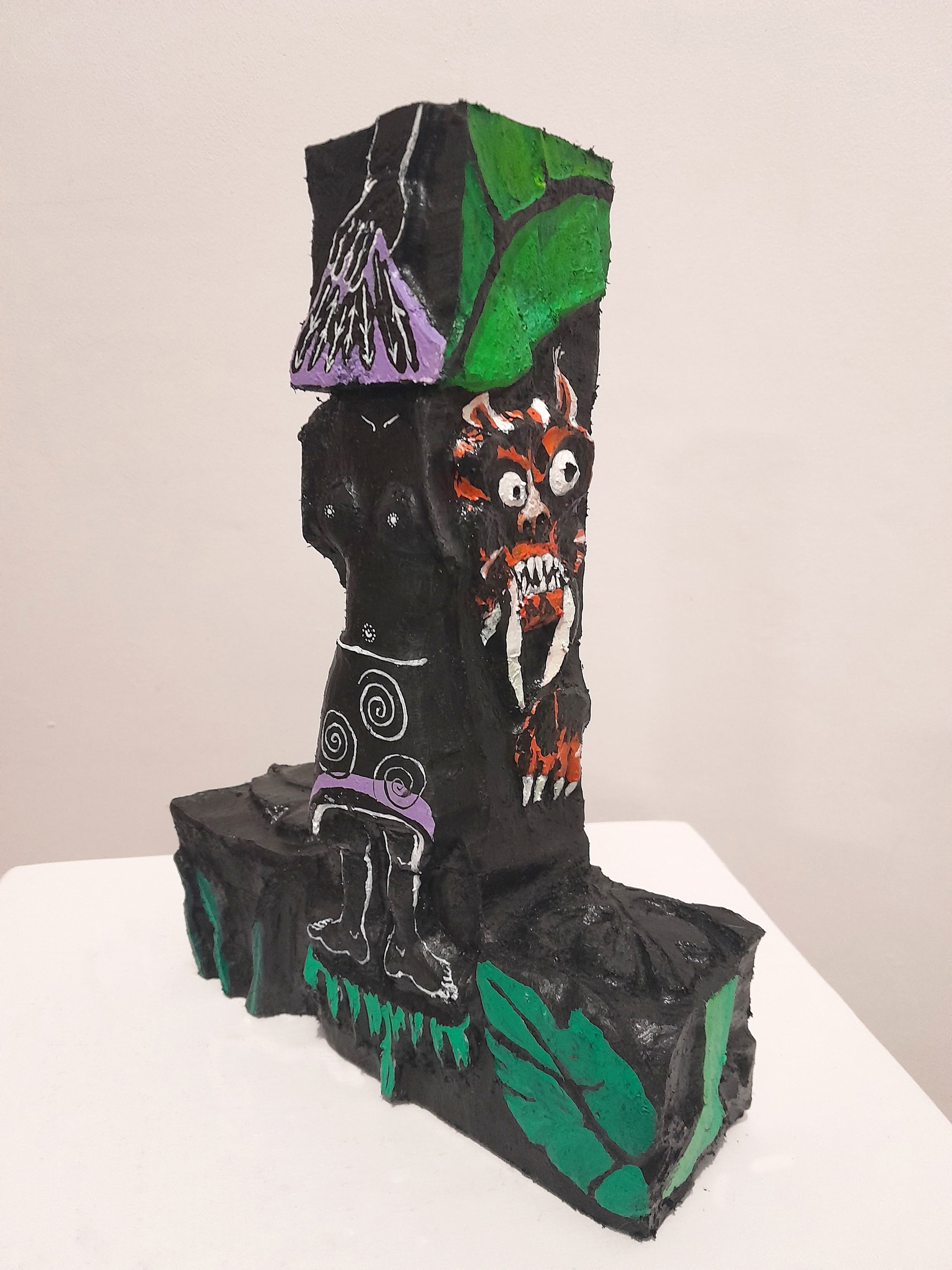
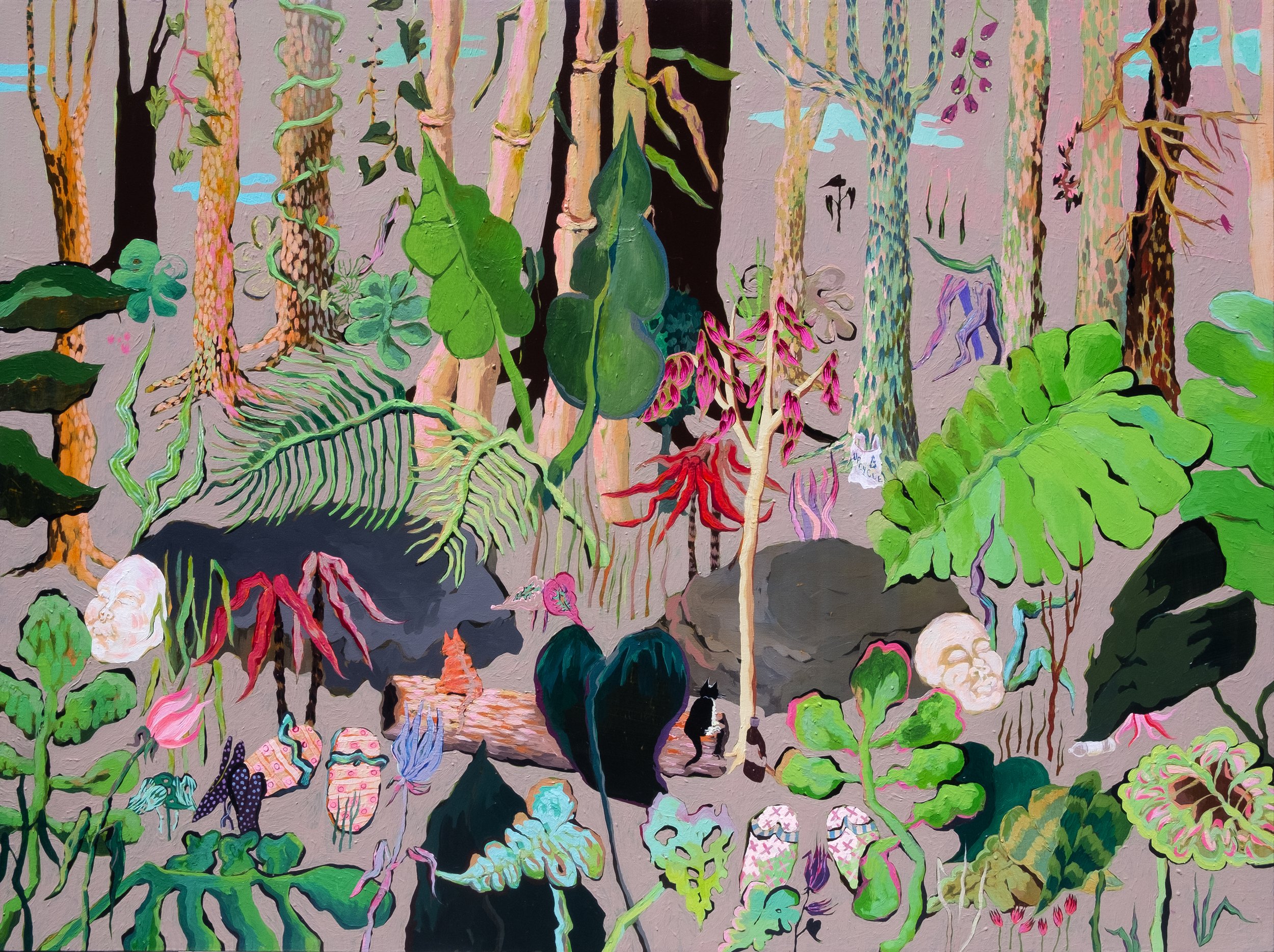

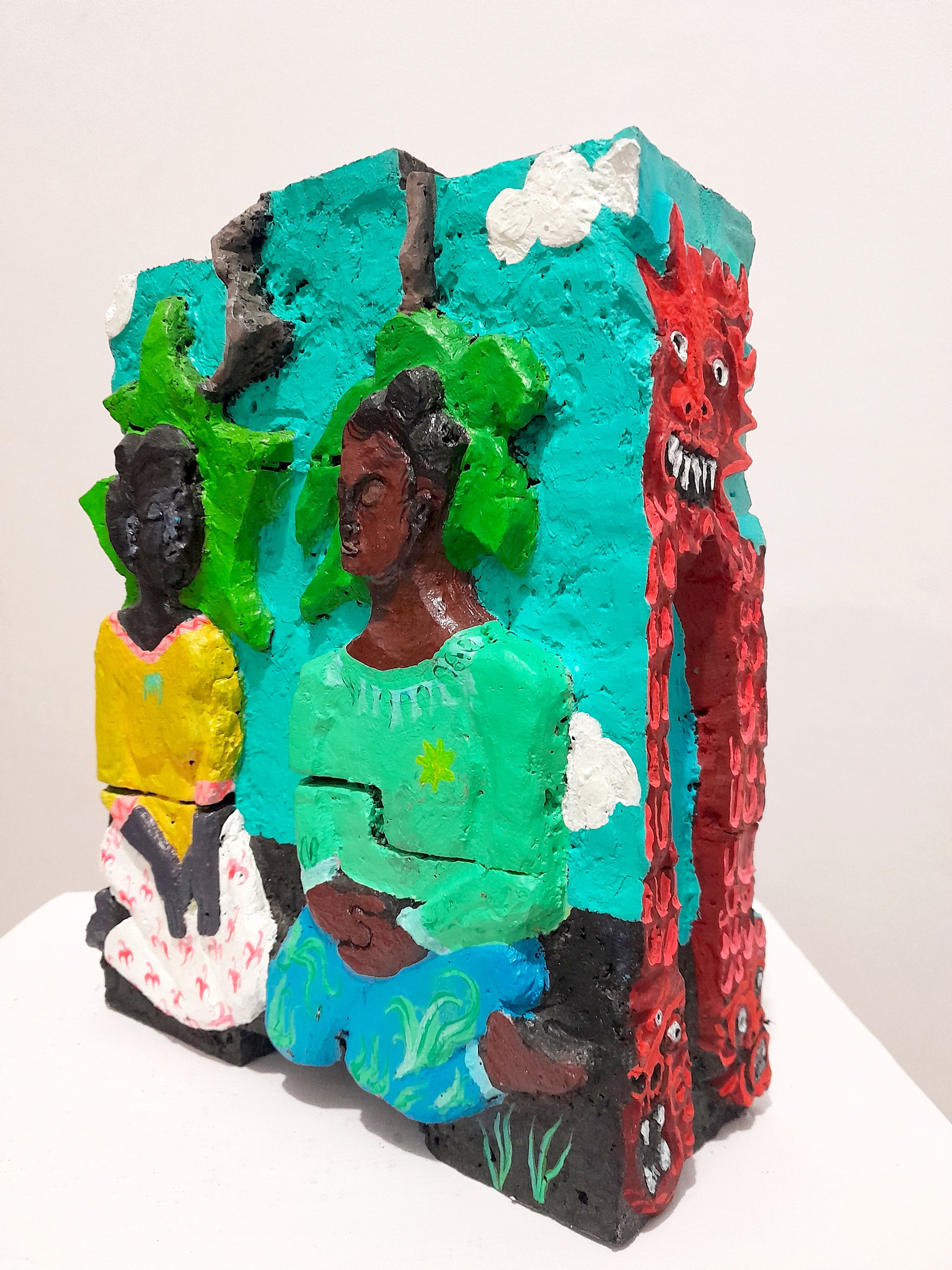
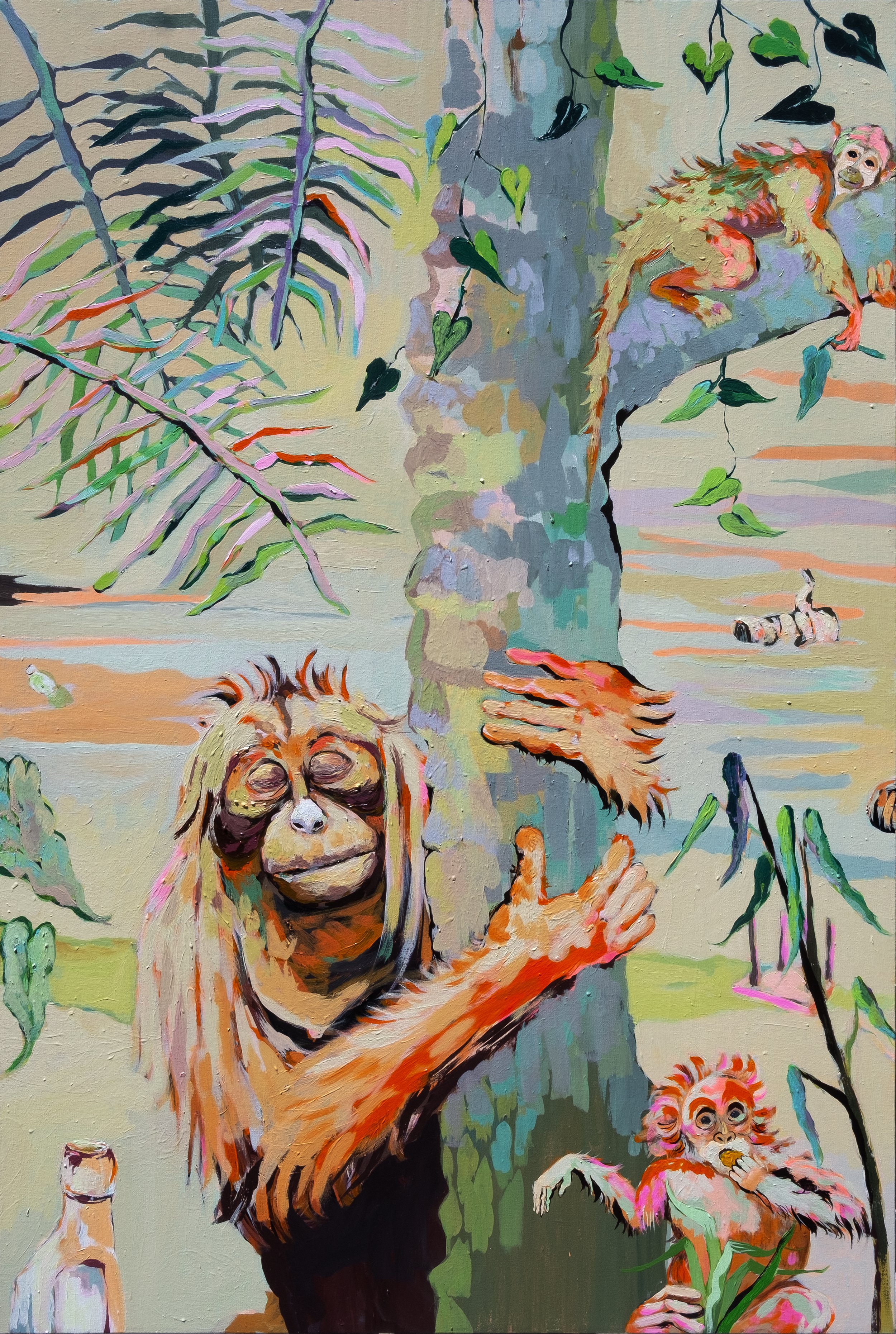
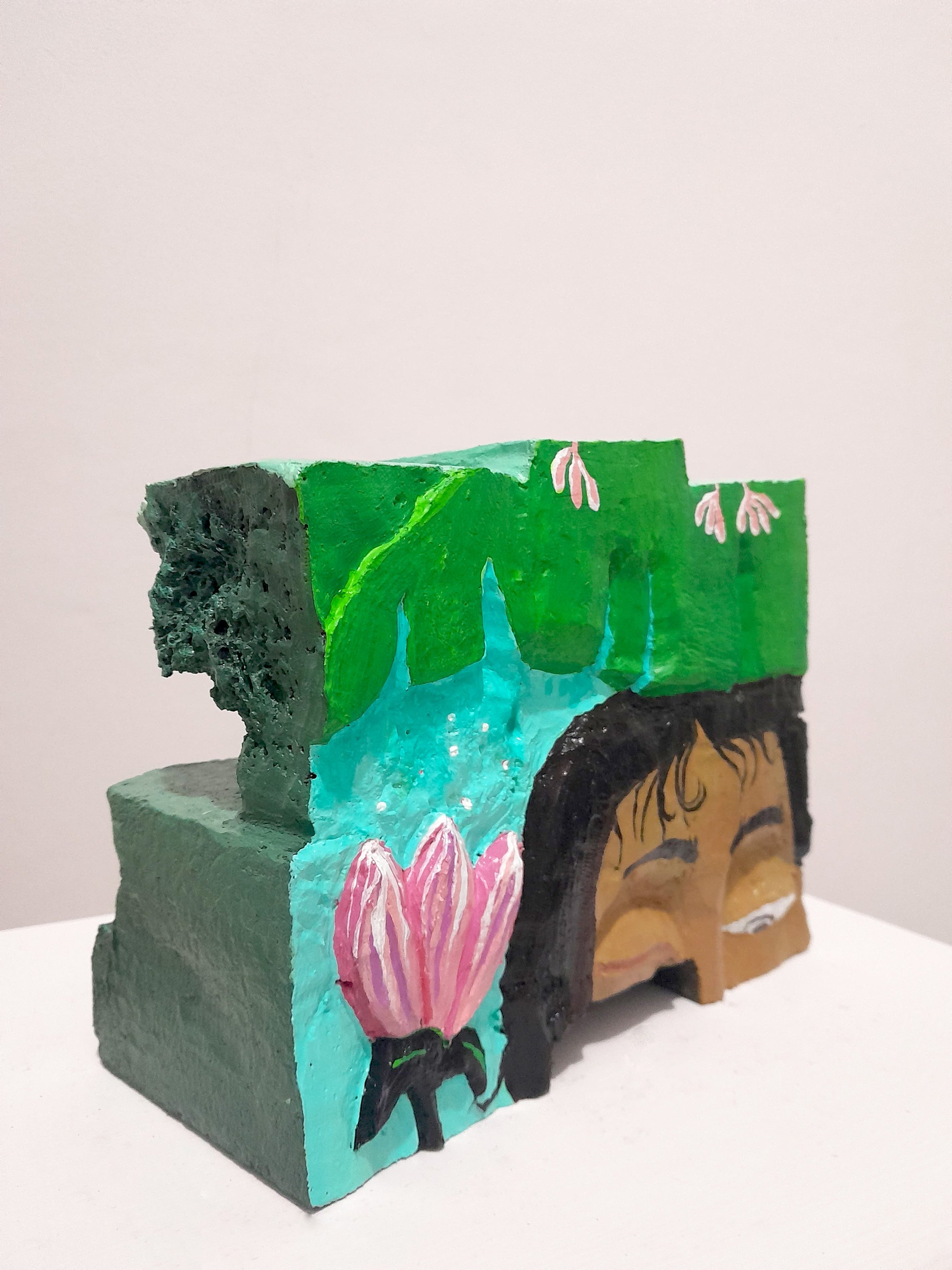
Created with free brushstrokes and vivid hues, these paintings portray fauna and primordial deities in a rainforest conspicuously devoid of human presence, although the traces of human intervention subtly emerge. In "Contemplating on ways out of the anthropocene," her second solo exhibition at Nunu Fine Art Taipei, German artist Franziska Fennert explores the interaction between humanity and an abundantly diverse world fraught with ecological imbalances.
Influence of Diverse Artistic Movements
Fennert was born in a harbor town along the Baltic Sea on the northern coast of Germany. At the age of five, she moved with her family to a remote cabin, where she was surrounded by a mystifying forest and immersed in her mother's rich collection of literature. This early exposure to German folk tales and other fantastical stories laid the foundation for her art. Later, at the Academy of Arts in Dresden, her initial interest in Neo-Expressionism expanded to encompass Russian icons, naive art, primitive art, Persian miniatures, Chinese calligraphy, and Japanese woodblock prints. Additionally, since moving to Indonesia in 2013, she has become fascinated with Hindu mythology, Javanese art, Javanese spiritual science and wayang painting. These diverse inspirations harmoniously converge in her work, producing a conscious blend of artistic styles and philosophies.
Reflecting on the Anthropocene
Interpreting the utopian and dystopian codes embedded in Fennert's artworks reveals an intricate realm of meaning. Amidst the idyllic tropical rainforest, creatures rendered in fluorescent pink and celadon green highlight the fragility of endangered Sumatran elephants and orangutans. The enchanting scenes obscure the perils of discarded waste; yet the colors and symbolic imagery—empty pizza boxes, plastic containers, chip bags, animal skulls—convey a stark indictment. The satirical coexistence of nature and commercial refuse implies that every comfort comes at a cost, that humanity’s future is mortgaged against the treasures of fresh air, fertile soil, clean waters, and biodiversity.
Yet Fennert, a spirited optimist, extends her message beyond mere admonition. The array of Hindu gods—the self-immolating and rejuvenating goddess in Durga Reevaluating Values, and Dewi Sri and Dewa Wisnu on the relief the artist created for this exhibition—all posit proactivity. Post-pandemic, Fennert believes, we should bid farewell to exploitive systems and modes of thought. Given boundless human potential, in this transformative era, one should confidently harness one’s inner strength, lead a conscious life, and treasure the myriad insights embedded in ancient wisdom, thereby creating a holistic future for all beings.
Liberating Art through Interdisciplinarity
The exhibition also includes unadorned sculptures with smooth, translucent, ink-black surfaces that momentarily obscure the works’ origins. These pieces were produced during Fennert's years as the initiating artist and one of four curators on the Anthropocene Monument project in Yogyakarta. The undertaking utilizes an innovative medium known as “plastic stone,“ composed of melted plastic residue that, due to low monetary value, is often thrown into the river, burned, or simply dumped. By recycling waste and involving various local groups, the project echoes some of art history's interdisciplinary pioneers—such as German artist Joseph Beuys (1921-1986), who integrated art with ecology, education, and urban landscapes.
The Anthropocene Monument, a joint venture of Indonesian Upcycle Forum, the Goethe-Institut, and Yogyakarta’s regional government, is a multidisciplinary endeavor combining science, art, urban economics, community revitalization, and spirituality. With structures currently covering 4,000 square meters, the initiative aims to create a circular economy, embodying Beuys's concept of "expanded art" by fostering the interplay of sculpture, architecture, and everyday activities. The complex, dedicated to culture and creativity, encompasses waste sorting, sewage treatment, and a recycled materials design studio. Beyond recycling plastics from the Yogyakarta area and transforming them into practical products like furniture and building materials, the project ensures that revenues go to benefit the recycling workers and other local residents.
Unveiling Material Reality through Magical Realism
Fennert situates her artwork within open intercultural dialogues, prompting viewers to examine various forms of hegemony and power relations—whether national, capitalistic, or ecological. Beyond serving as a mediator and communicator, she engages in interdisciplinary practices that generate social significance. Four years ago, the artist embarked on a visionary journey that involves positioning art in its proper role. Today, she presents the results of her transformative efforts to date.
Artist
German Artist Franziska Fennert Shares Recycling Art With Taiwan
By Klein Wang/Yujing Huang, November 13, 2023 full video


